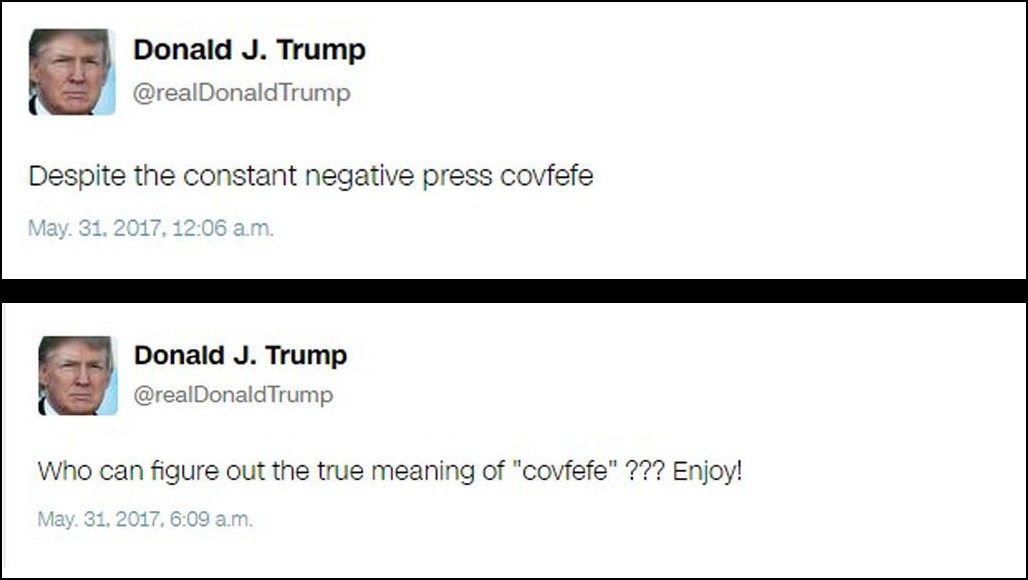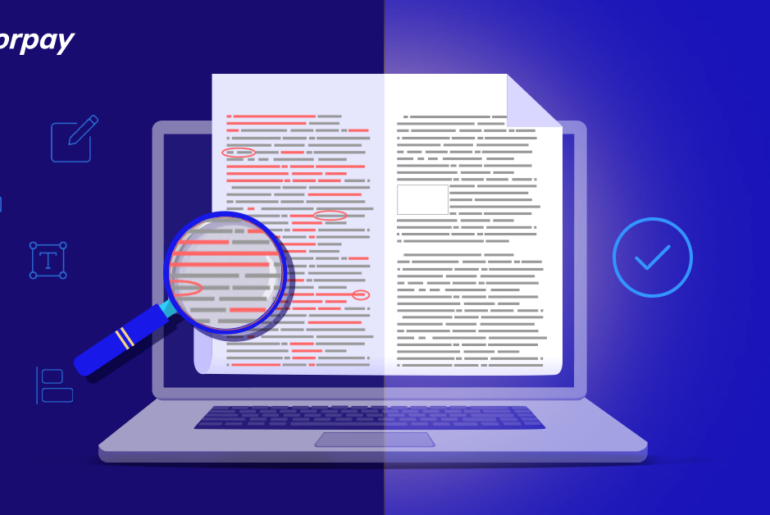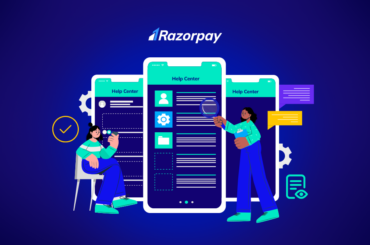The year was 2017. A time before the pandemic. A time when Donald Trump was the US president and when he brought the word “covfefe” into our lives.

The typo became an international sensation, with news agencies and internet trolls discussing it non-stop! And here I am, mentioning it in a blog in 2023. The world forgot the tweet’s context, but the typo stays rent-free in our minds.
Whether you are typing a tweet or writing an answer, one of the things you would definitely want to do a dozen times before submission is editing and proofreading. Too many tweets have been posted and deleted, and too many answer sheets have borne the brunt of red pen marks due to the omission of this critical step.
In the realm of technical writing, proofreading and editing are absolutely essential. Consider a scenario where a prominent documentation site features a spelling mistake in its content. This seemingly minor error can erode the brand’s credibility and trustworthiness. A single typo on a website can significantly harm the brand’s image.
In one of our earlier blogs, we covered the best practices of document review from a reviewer’s perspective. In this post, we will look at some tips, tricks and techniques for better editing and proofreading one’s self-written content.
Proofreading vs Editing
What’s the difference, anyway?
Editing is the writing stage where the writer has completed the first draft. It involves a comprehensive review, including restructuring, language enhancements, and content refinement. The focus is on improving the content flow, accuracy and overall readability. The content can also be checked for spelling and grammar at this step.
Proofreading is a focused review aimed at surface-level errors. It involves correcting typos and grammar mistakes and ensuring consistent formatting. Proofreading helps maintain content accuracy and create a polished final product before publication.
Editing refines content end-to-end, focusing on structure and language while proofreading targets specific errors to ensure accuracy and polish before publication.
Example:
Let us look at an example of how proofreading and editing differ.
Original content
To inisiate a payment transaction, you need to create an order object. This order object should be include the amount, currency, receipt, and other essantial parameters. Ensure to validate the customer details before initiating the transaction..
Edited content
Create an order object to initiate a payment transaction. This order object should include the amount, currency, receipt, and other essential parameters. Validate customer details before initiating the transaction.
Proofread content
To initiate a payment transaction, you need to create an order object. This order object should include the amount, currency, receipt, and other essential parameters. Ensure validating customer details before initiating the transaction.
In both the edited and proofread content sections, the typos were fixed. However, you would note that the content was also enhanced when edit-reviewed.
Quick Tips Best Practices to Edit and Proofread Content
When you have been staring at the same text for a while, it tends to get difficult to spot errors or identify a better way of writing it. If you are in a similar soup, we recommend these tips to get things moving!
Editing
I asked the Razorpay Tech Writing team members for some editing tips, and here’s what they had to share:
During Authoring
- Content Structure Evaluation: Assess sequential build-up, text balance, and the need for visual elements such as diagrams, videos and more.
- Review Grammar and Punctuation: Check punctuation, grammar, and SEO during writing. You can use tools such as Grammarly or the built-in features of authoring software.
- Adhere to Style Guide: Ensure you follow the guidelines mentioned in the organisation’s style guide to ensure consistency across content.
Informational Review
- Ensure comprehensive content coverage and clarity of communication. Refer to the concept notes, try out the software, and fire the API to ensure you have covered all bases and the user can access all the necessary information.
Post First Draft
- Logical Chunk Review: Self-assess logical content sections for flow and coherence. Add headings and subheadings as needed.
- Structure and Grammar Check: Ensure concise content, accurate grammar, and appropriate formatting.
Post-Completion Review
- Holistic ‘customer-like review’: Re-read the content holistically from a customer’s perspective for final assessment.
Other Tips
- Read content aloud to identify phrasing or coherence issues. Tired of reading out loud? Check out the text-to-speech software tools that read out to you! More about this in the proofreading tips section.
- Use Grammarly for grammar, spelling, and tone checks. However, do not rely heavily on it as, at the end of the day, it is not human and doesn’t understand the nuances of English. And sometimes, it is just outrightly incorrect! Here’s an article on how Grammarly is not always right. Nevertheless, Grammarly is a great tool to help you fix all “silly” mistakes and ensure you create top-notch content (well, mostly!).
- Use AI tools like ChatGPT for content variations or enhancements. You may also try Quillbot for paraphrasing. Again, take it with a grain of salt.
- Follow a checklist for structural, voice, and formatting checks.
- Engage a second reader for external content intuition assessment. It could be a co-worker, friend or family member (in case of confidentiality issues, better to avoid this!).
- Try printing out the pages and editing the hard copy for content-heavy pieces.
- Take breaks before the final review for a fresh user perspective.
Don’t skip the queue, and make sure your content undergoes a thorough self-review, peer review, technical review and editorial review before it makes it to production. The process may be lengthy and time-consuming, but it’s worth it. Plan your tasks to ensure you never miss the bus without compromising the content quality.
Proofreading
- Listen to content with Text-to-Speech Tools
Once done with the draft, you can read out aloud line by line to spot errors and fix them. However, did you know you can enable Microsoft Word and Google Docs to read your content? How does this help? Sometimes, we might make errors that cannot be caught by the usual spellchecker tools since these are still real words. For example, mistyping your as you, our as out. When the content is read aloud, you can easily identify and correct the errors. By the way, have you read the proofreading poem?
- Reverse Read
While reading aloud (yourself or using software) is a good idea, you can make it more effective by going to the end of your content and starting from there. Read the last sentence, then the previous one, and so on. Check for spelling mistakes and grammar issues. Why does this method work? The brain usually anticipates a certain text flow. However, reading text backwards disrupts the brain’s natural tendency to predict the flow. This forces us to focus on individual words or phrases.
- Use the Find Function
Are there common typos that you are aware you make? Such as receive/recieve, occurrence/occurence. Or US/UK spelling variations such as color/colour? If prone to such errors, you can create a checklist and search each word using the Find function on word processors. If you are writing a lengthy piece or handling a massive writing project, this tip will help you find and fix all typos simultaneously!
Related Read: What Is the Role of an Editor? Duties & Responsibilities
Conclusion
Becoming great at editing and proofreading takes practice. It’s about using tools, being careful, and always looking for ways to improve your work.
A well-edited piece isn’t just about fixing mistakes. It’s about making sure it connects well with readers. Keep practising, pay attention to details, and use tools like Grammarly or checklists to improve.
Keep using these tips to make your writing the best it can be!





